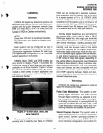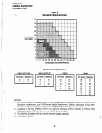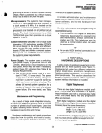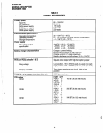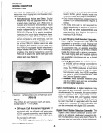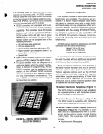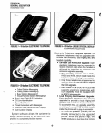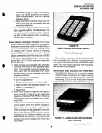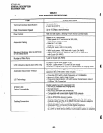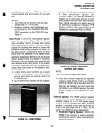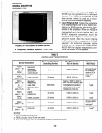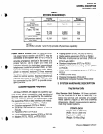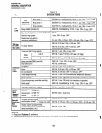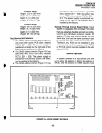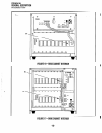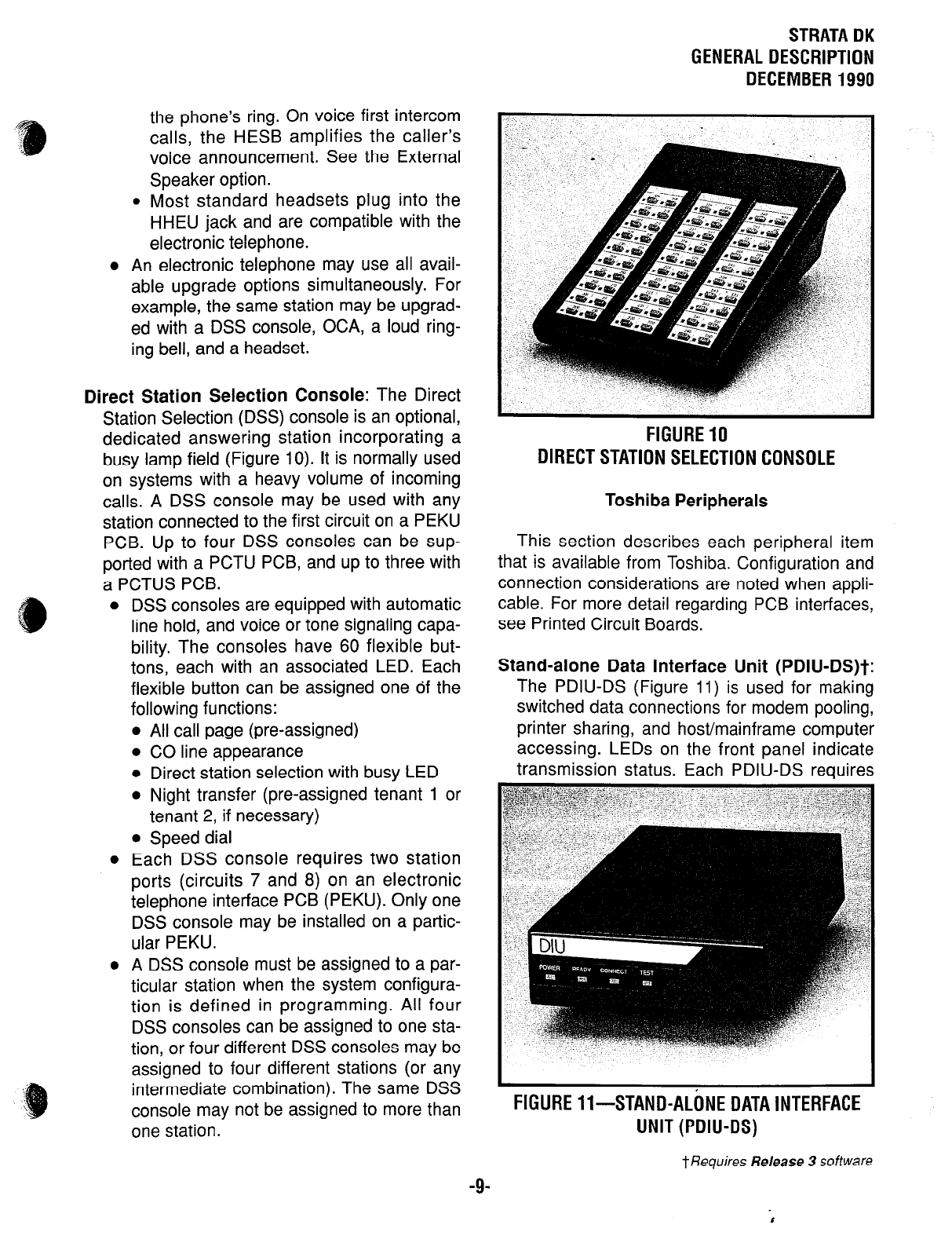
the phone’s ring. On voice first intercom
calls, the HESB amplifies the caller’s
voice announcement. See the External
Speaker option.
l Most standard headsets plug into the
HHEU jack and are compatible with the
electronic telephone.
l
An electronic telephone may use all avail-
able upgrade options simultaneously. For
example, the same station may be upgrad-
ed with a DSS console, OCA, a loud ring-
ing bell, and a headset.
Direct Station Selection Console: The Direct
Station Selection (DSS) console is an optional,
dedicated answering station incorporating a
busy lamp field (Figure 10). It is normally used
on systems with a heavy volume of incoming
calls. A DSS console may be used with any
station connected to the first circuit on a PEKU
PCB. Up to four DSS consoles can be sup-
ported with a PCTU PCB, and up to three with
a PCTUS PCB.
DSS consoles are equipped with automatic
line hold, and voice or tone signaling capa-
bility. The consoles have 60 flexible but-
tons, each with an associated LED. Each
flexible button can be assigned one of the
following functions:
l
All call page (pre-assigned)
0 CO line appearance
l
Direct station selection with busy LED
l
Night transfer (pre-assigned tenant 1 or
tenant 2, if necessary)
l
Speed dial
Each DSS console requires two station
ports (circuits 7 and 8) on an electronic
telephone interface PCB (PEKU). Only one
DSS console may be installed on a partic-
ular PEKU.
A D$S console must be assigned to a par-
ticular station when the system configura-
tion is defined in programming. All four
DSS consoles can be assigned to one sta-
tion, or four different DSS consoles may be
assigned to four different stations (or any
intermediate combination). The same DSS
console may not be assigned to more than
one station.
STRATA DK
GENERAL DESCRIPTION
DECEMBER1990
FIGURE10
DIRECTSTATIONSELECTIONCONSOLE
Toshiba Peripherals
This section describes each peripheral item
that is available from Toshiba. Configuration and
connection considerations are noted when appli-
cable. For more detail regarding PCB interfaces,
see Printed Circuit Boards.
Stand-alone Data Interface Unit (PDIU-DS)t:
The PDIU-DS (Figure 11) is used for making
switched data connections for modem pooling,
printer sharing, and host/mainframe computer
accessing. LEDs on the front panel indicate
transmission status. Each PDIU-DS requires
FlGUREll-STAND-ALONEOATAINTERFACE
UNlT(PDIU-OS)
t Requires Release 3 software
-9-



